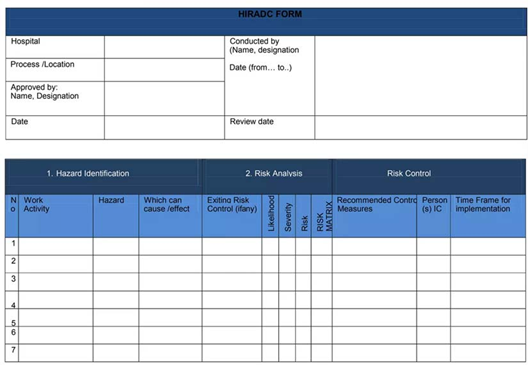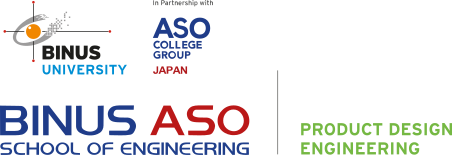Understanding HIRADC in Product Design Engineering: Ensuring Safety and Innovation
In the realm of Product Design Engineering, the paramount consideration beyond aesthetics and functionality is safety. Hazard Identification, Risk Assessment, and Determining Control (HIRADC) is a systematic approach pivotal in ensuring that products not only excel in performance but also uphold safety standards. This methodology serves as the backbone for mitigating potential hazards throughout the lifecycle of a product, from its conception to its eventual use by consumers. Let’s delve into the significance of HIRADC in the domain of Product Design Engineering.
What is HIRADC?
HIRADC stands for Hazard Identification, Risk Assessment, and Determining Control. It is a structured process aimed at identifying potential hazards, evaluating associated risks, and implementing control measures to minimize or eliminate these risks. HIRADC is not only a reactive measure but also a proactive approach integrated into the design and development phase of a product.
The Importance of HIRADC in Product Design Engineering
Safety Assurance: In product design engineering, safety is non-negotiable. HIRADC ensures that safety considerations are ingrained in the design process, thus minimizing the likelihood of accidents or harm to users.
Compliance and Regulations: Products must adhere to various industry standards and regulations. HIRADC aids in identifying potential non-compliance issues early in the design phase, saving time and resources by rectifying them before production.
Risk Reduction: By systematically identifying hazards and assessing associated risks, HIRADC enables engineers to prioritize and implement control measures effectively. This reduces the likelihood of accidents, injuries, or product failures.
Enhanced Innovation: Contrary to the misconception that safety constraints stifle creativity, HIRADC fosters innovation. By addressing potential hazards early in the design process, engineers can explore creative solutions without compromising safety.
Cost Savings: Integrating safety measures during the design phase is more cost-effective than rectifying issues post-production. HIRADC helps in identifying potential risks early, reducing the likelihood of expensive recalls or lawsuits due to safety-related issues.
The HIRADC Process in Product Design Engineering
Hazard Identification: This involves systematically identifying potential hazards associated with the product, including mechanical, electrical, chemical, ergonomic, and environmental hazards.
Risk Assessment: Once hazards are identified, engineers assess the associated risks by considering factors such as the probability of occurrence, severity of consequences, and exposure to the hazard.
Determining Control Measures: Based on the risk assessment, control measures are determined to either eliminate or minimize the identified risks. This may include engineering controls, administrative controls, or the use of personal protective equipment (PPE).
In the dynamic field of Product Design Engineering, safety is paramount. HIRADC serves as a cornerstone in ensuring that products not only meet performance expectations but also adhere to stringent safety standards. By systematically identifying hazards, assessing risks, and implementing control measures, engineers can innovate with confidence, knowing that their designs prioritize the safety and well-being of users. Incorporating HIRADC into the product development process is not just a regulatory requirement but a commitment to excellence and responsibility in engineering.
Document of HIRADC
Sumber table: https://www.slideshare.net/drleeow/hiradc-76583508
Penulis: Nina Tania Lestari


Comments :